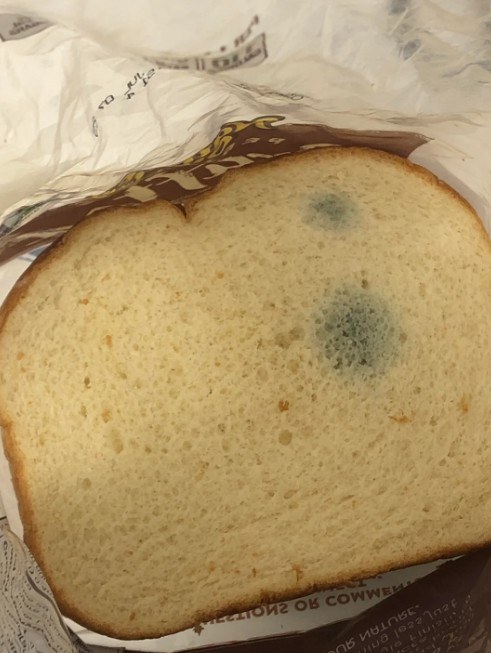Is Stale Bread Safe to Eat? Here’s What You Need to Know
We’ve all faced it—a crusty loaf of bread sitting on the counter, leaving us to wonder: is it just stale or spoiled? Bread does go stale quickly, but the key question is safety.
Stale vs. Spoiled
If the bread is dry and hard but free of mold, it’s simply lost moisture through a process called retrogradation. It remains safe to eat, though less enjoyable plain.
How to Rescue Stale Bread
Luckily, stale bread is easy to salvage. Wrap it in foil and warm it in the oven, or toast it for a satisfying crunch. In fact, many recipes prefer slightly hardened slices:
- French toast
- Stuffing
- Croutons
- Bread pudding
These recipes benefit from stale bread’s ability to soak up liquid without becoming mushy.
Creative Uses for Stale Bread
Instead of tossing it, transform stale bread into a versatile ingredient:
- Pulse into breadcrumbs
- Cube for croutons
- Use in panzanella or bread pudding
- Soak up sauces, broths, and dressings
Its sturdy texture makes it perfect for dishes that need structure.
Moldy Bread: A Health Risk
Moldy bread is a different story. If you spot green or black spots, discard the entire loaf. Mold spreads invisibly through the porous bread, making it unsafe. Consuming mold can trigger allergic reactions or illness from mycotoxins.
How to Store Bread Properly
Storage affects freshness:
- Short-term: Keep at room temperature in a paper bag
- Long-term: Freeze to preserve
- Avoid refrigeration: It actually speeds up staling
Bottom Line
Stale bread can become a culinary opportunity, while moldy bread poses a serious health risk. Know the difference and use your bread wisely!


